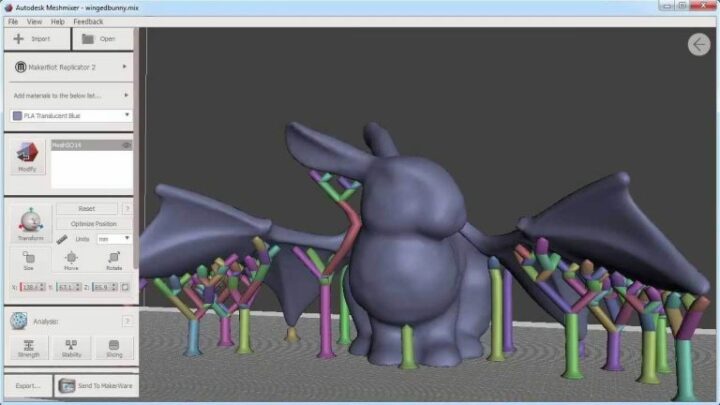

Others make plugins that can be shoehorned into the current products.

“Some augment their existing tools with new ones.

“There have been attempts by existing CAD vendors to address the need for AM,” observes Arjun Aggarwal, AM startup Desktop Metal’s VP of business development. CAM software use time-tested machine-tooling principles to identify failures imminent in machining operations. The well-known FEA programs employ solvers and setups that let you evaluate the various types of geometry sculpted in subtractive-centric CAD software. The finite element analysis (FEA), simulation and computer-aided manufacturing (CAM) software programs in the current market also reflect the historical dominance of subtractive manufacturing. Image courtesy of HP data courtesy of Phoenix Children’s Hospital Heart of Jemma. The geometry permissible in the software also reflects the range and limitations of what’s best for mass production in subtractive manufacturing.Ī full-color, 3d-printed model of a human heart used to enhance presurgical planning. Consequently, from the way you create holes to the way you round out sharp corners, parametric CAD mimics the subtractive manufacturing methods. Parametric CAD was developed as a modeling solution for the subtractive age, for the era of machine tools. But the AM pie may be out of reach for those who are not nimble and adaptable enough to cook up modeling techniques compatible with 3D printing. The software developers and suppliers stand to benefit from more people turning to 3D modeling software to create printable designs. This is up from 62 companies in 2015 and 49 in 2014.” The swelling number of industrial systems suppliers suggest AM has evolved from a prototyping technology into a viable means for mass production.įor the design software industry, the proliferation of AM hardware is a boon and a test. The firm noted: “Ninety-seven manufacturers produced and sold industrial additive manufacturing (AM) systems in 2016. The 3D printing market is at $6.063 billion, according to the analyst firm Wohlers Associates (Wohlers Report 2017). Some delicate features and structures that could be produced with 3D printers may prove impossible to model in a standard CAD software package. Ten years ago, design software users lamented that some of their designs might never see the light of day because the complex surfaces, structures and beams they could depict in pixels via their CAD software, could not be machined, molded or manufactured in the real world.


 0 kommentar(er)
0 kommentar(er)
